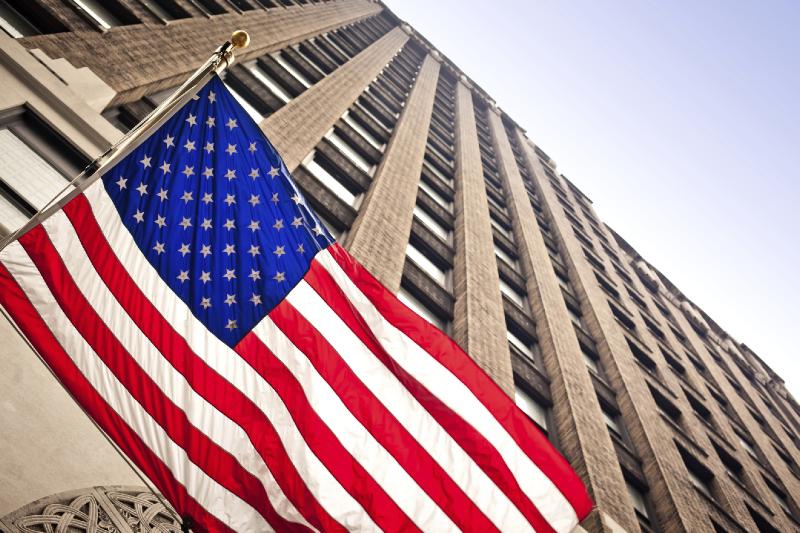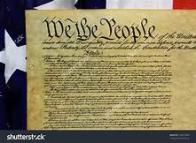Unemployment Rate Fell to 10.2% in July, U.S. Employers Added 1.8 Million Jobs - WSJ
By: Sarah Chaney (WSJ)



Hiring increased in July for the third straight month, though overall gains have yet to restore half of the U.S. jobs lost due to the coronavirus pandemic.
July’s addition of 1.8 million jobs and a lower unemployment rate of 10.2%, after a peak of nearly 15% in April, showed the U.S. economy continued to mend during the summer coronavirus surge. It also reflected how far the economy has to go to overcome the shock from the pandemic and related lockdowns.
The U.S. now has about 13 million fewer jobs than in February, the month before the coronavirus hit the U.S. economy, the Labor Department said on Friday. Unemployment remains historically high. Before the coronavirus drove the U.S. into a deep recession this year, the unemployment rate was hovering around a 50-year low of 3.5%.
“We’re in a pretty strong rebound,” said David Berson, Nationwide Mutual Insurance Co. chief economist. “But the downturn was so big—the hole that was dug was so deep—that it will still take probably at least a couple of years to dig ourselves out.”
U.S. stocks slipped on Friday after July’s employment figures were released and as policy makers in Washington remained deadlocked on how to provide additional economic stimulus, including extra aid to laid-off workers.
The greatest employment growth occurred last month in the hospitality, government, retail, business-services and the health-care sectors. Broad-based job growth, combined with last week’s decline in unemployment claims, belied some economists’ fears that a rise in coronavirus cases this summer would trigger a reversal in the economic recovery.
Desert Orthopaedic Center in Las Vegas is looking to add a couple of physicians to its practice. The medical company had reduced staff hours in several departments after patient visits and surgeries fell steeply beginning in mid-March, said Chief Financial Officer Jim Washer.
“I think a lot of it was just due to people hunkering down and staying inside and not going anywhere,” he said.
By early May, patient visits were climbing and Desert Orthopaedic workers returned to regular 40-hour weeks. Mr. Washer said the business rebound was likely a result of patients’ need for medical care and relative comfort coming to a doctor’s office.
He fears, though, that patient numbers could drop again if the Las Vegas economy deteriorates.
“I have an uneasy feeling that I shouldn’t get too comfortable that things are back to normal,” Mr. Washer said.
Labor-market gains have been uneven. Jobless rates for white, Asian and Hispanic workers declined in July, while holding steady for Black workers.
The number of individuals saying they are unemployed due to temporary layoffs continued to fall, a sign that workers being recalled to old jobs was driving recent hiring. The number unemployed due to permanent layoffs held steady, suggesting few new jobs are being created. The number of people unemployed for an extended period—15 to 26 weeks— jumped by 4.6 million to 6.5 million workers , showing it will take time for the labor market to recover.
Service-sector jobs, including in leisure and hospitality and retail, accounted for the bulk of July’s job growth. Such jobs were hit particularly hard by social-distancing measures and had the most ground to gain. Goods-providing jobs, which include mining, manufacturing and construction, either declined or hardly grew last month.
The economy entered a recession in February and appeared to begin a recovery as early as April. Economists say the speed at which businesses hire and consumers spend depends, in large part, on the course of the virus. Many consumers remain hesitant to resume store visits, dine out or board planes as virus cases remain high. Some businesses face renewed government restrictions.
Jeremy Murray’s patio bar in Austin, Texas, closed for 12 weeks starting in March, then had only reopened for about a month when it was forced to shut down for a second time in late June, as the state grappled with a surge in reported Covid-19 cases. The bar, called Kitty Cohen’s, was making about one-third of the revenue it had in the same month last year, Mr. Murray said, but at least the money was enough to cover rent and other expenses.
“It was pretty deflating,” said Mr. Murray, who furloughed all eight of the staff he had brought back to work at the bar. Another 10 employees have been on furlough since the spring. “I just remember really fighting back some serious emotions,” he said.
A Federal Reserve Bank of St. Louis analysis found that states with a larger number of coronavirus cases since June saw the weakest job recoveries between early June and late July. Arizona, Florida and Texas were among the states with the sharpest increases in coronavirus cases and mild employment recoveries, the report said.
A Cornell University survey separately found that 31% of recalled workers had recently been laid off a second time, with most of these layoffs occurring in states without large virus surges.
The labor-market recovery depends on employers’ confidence and ability to meet employees’ desire to feel safe returning to work, said Becky Frankiewicz, president of ManpowerGroup North America.
“It’s not just about the economic conditions in the state or the status of the virus, it’s about how people feel,” she said.
Eric Lanser, age 34, of Boston, has seen job prospects improve since he was furloughed from a small investment-banking firm in March.
At the onset of the pandemic, he reached out to several firms but none was hiring because activity in mergers and acquisitions had dried up, he said. Mr. Lanser said demand for investment-banking services appears to be increasing now, and as a result, he has more job leads.
“I’m feeling much more optimistic,” Mr. Lanser said.
Friday’s Labor Department report said fewer individuals were misclassified as employed instead of unemployed on temporary layoff, creating no more than a 1-percentage-point understatement of the unemployment rate. This is a change from earlier in the pandemic, when the error understated overall unemployment by several percentage points.
The July jobs figures could influence the policy debate in Washington on extending extra unemployment benefits for millions of workers. A $600-a-week benefit expired at the end of July.
The extra benefits helped Tracy Menasco, 51 years old, pay rent, grocery bills and student loans during the pandemic. The Spokane, Wash., resident was temporarily laid off from her sales job in April, and she was then told in June that her position was permanently eliminated. She said she hopes her savings will help cover costs since the supplemental jobless aid ended.
“I’ve stashed away what money I can, and I’m just trying to watch my budget and be careful,” she said.

Who is online
46 visitors

